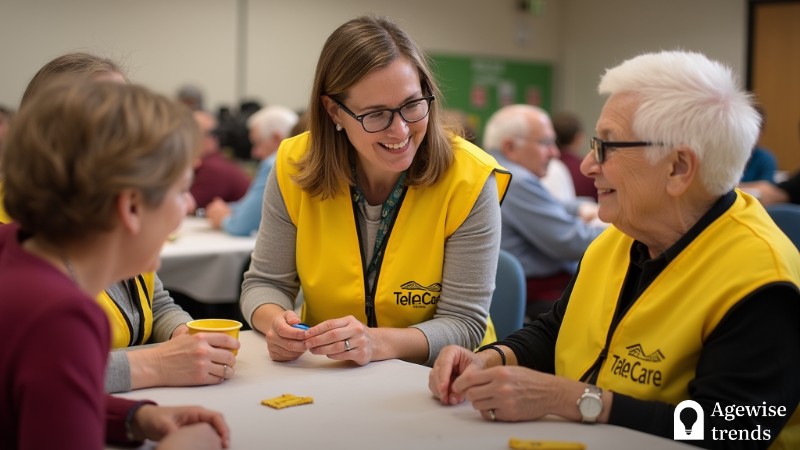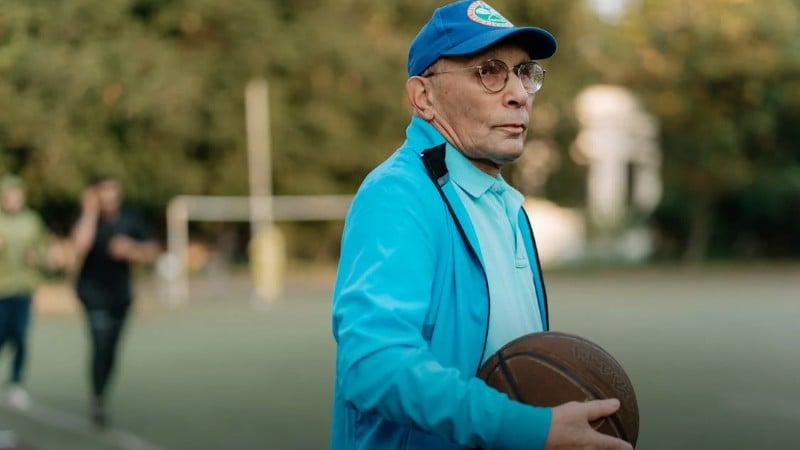Healthy eating doesn’t have to be difficult or tedious. Classic recipes can be made into healthy substitutes without sacrificing flavor with the correct materials and a little imagination.
One such recipe is avocado guacamole deviled eggs, a novel take on the classic deviled egg that uses creamy avocado in place of mayonnaise. This easy substitution is a great complement to any meal plan because it not only improves the dish’s flavor but also boosts its nutritional content. These deviled eggs are a must-try if you’re searching for a tasty way to add more healthy fats to your diet, a high-protein snack, or a simple party appetizer.
For people who want to strike a balance between taste and nutrition, healthy recipes like this one are ideal. Eggs are a terrific source of protein, while avocados are full of heart-healthy monounsaturated fats, fiber, and vital vitamins. This combination creates a filling but light dish that fits into a variety of diets, such as vegetarian, paleo, and keto. By utilizing entire, unprocessed ingredients, this meal not only offers a nutrient-dense snack but also encourages mindful eating.
Key Takeaways
Avocado guacamole deviled eggs offer a nutritious twist on a classic favorite, combining health benefits with flavor.
- Avocado replaces mayonnaise, adding healthy fats, fiber, and vitamins while maintaining a creamy texture.
- The dish is versatile, suitable for various diets such as vegetarian, paleo, and keto, and can be customized with different flavors.
- Meal planning is simplified with this recipe since it can be prepared ahead of time and stored safely for up to three days.
Meal planning made simple with healthy deviled eggs
A key tactic for keeping a balanced diet while reducing kitchen time and effort is meal planning. Keeping wholesome, readily consumable snacks and appetizers on hand can help you avoid making rash, unhealthy food decisions and guarantee that you maintain your wellbeing objectives. For busy people who want to simplify their meal preparation without compromising quality, avocado guacamole deviled eggs are a great make-ahead choice.
One of the benefits of including these deviled eggs in your meal plan is their variety. They can be eaten as a quick protein-packed breakfast, a post-workout snack, or a side dish at a party. Preparing them ahead of time is simple: boil the eggs, mash the avocado with seasonings, and assemble shortly before serving to keep their fresh, brilliant color. While avocados discolor due to oxidation, adding lime juice preserves their green color and improves the overall flavor.
Another wonderful meal-planning tip is to make a batch of hard-boiled eggs at the start of the week and keep them in the fridge. This allows you to rapidly prepare a batch of deviled eggs whenever needed. Storing the filling separately until serving time can also help to preserve the dish’s texture and visual appeal. Incorporating healthy meals like this into your meal plan may make nutritional eating simple and pleasurable.
Nutritious twist on deviled eggs
The secret to creating effective, healthy dishes is to identify clever ingredient swaps that improve nutrition and flavor. Traditional deviled eggs use mayonnaise to make them creamy, but using avocado instead offers several health advantages without compromising texture. Rich in fiber, heart-healthy fats, and antioxidants, avocados promote digestion, skin health, and heart health. Additionally, they naturally add a smoothness that blends well with the egg yolks.
This recipe also allows for customization, making it easy to adapt to different flavor preferences. Adding cilantro, red onion, jalapeños, or even a dash of taco seasoning can elevate the dish with vibrant flavors. For those foodies who prefer a different take, substituting avocado with Greek yogurt or a homemade pesto can provide a unique twist while maintaining the creamy consistency. The best part? This dish is dairy-free, gluten-free, and free from processed additives, making it suitable for a wide range of dietary needs.
When paired with other healthful foods, avocado guacamole deviled eggs form a well-rounded meal. They complement salads, roasted veggies, and even whole-grain dishes like quinoa bowls. By incorporating nutrient-dense products into your daily meals, you may enjoy delectable dishes that promote long-term health and wellness.
Kitchen safety tips for hassle-free cooking
When it comes to creating healthy meals, kitchen safety is vital. To avoid shattering, boil the eggs in a deep saucepan before transferring them to an ice bath for easy peeling. Cutting avocados needs caution—slice around the pit with a sharp knife before twisting the halves apart. Instead of a knife, use a spoon to safely remove the pit.
Food safety is equally vital. Deviled eggs should be stored in an airtight container in the refrigerator and consumed within three days. If serving at a party, keep them cold until needed to ensure freshness. These simple actions help prevent mishaps and keep food safe to eat.
Conclusion
Avocado guacamole deviled eggs demonstrate that healthy meals can be both tasty and simple to make. They work well with any meal plan, providing a nutritious snack or appetizer that can be prepared ahead of time. You can make meals that nourish your body while cooking stress-free by employing healthy ingredient swaps and following kitchen safety. These deviled eggs are a tasty and healthy solution for any occasion, whether it’s a quick bite or a festive gathering.














